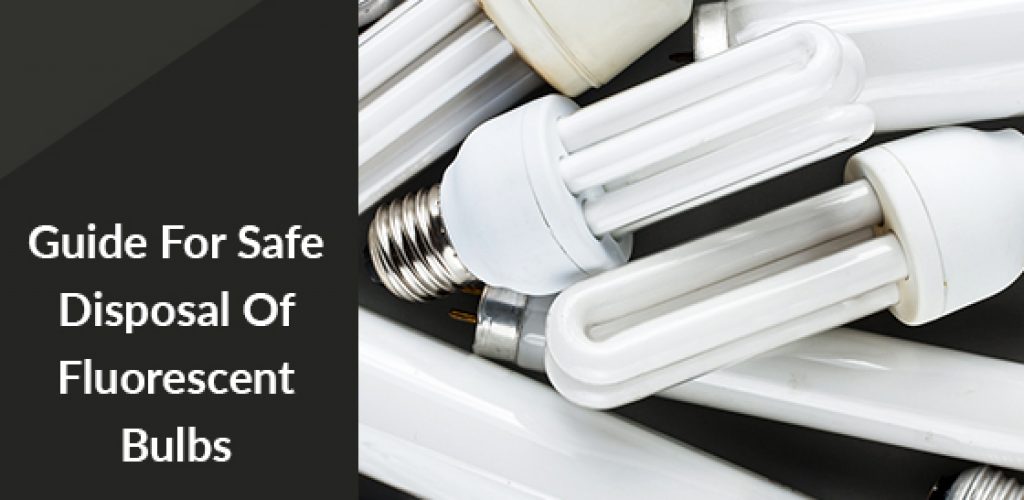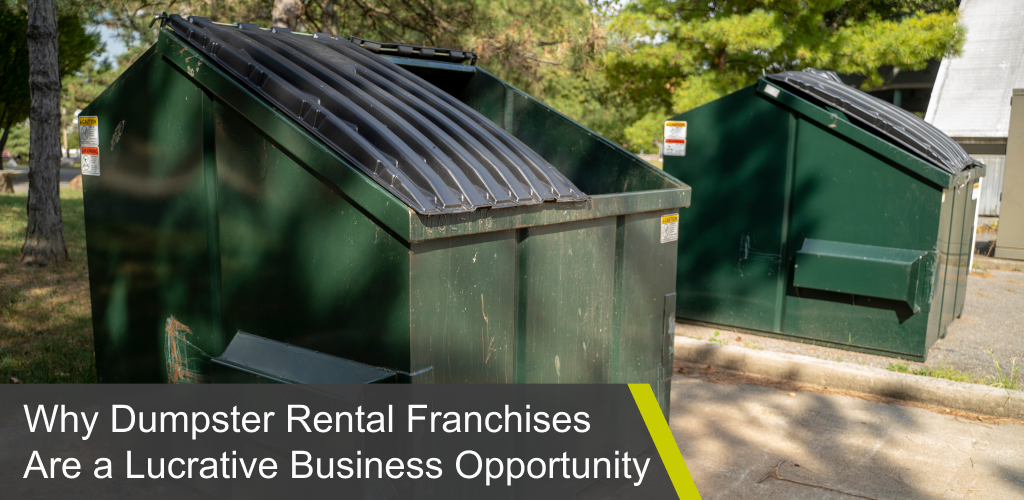How To Properly Dispose Of Fluorescent Bulbs

Fluorescent bulbs and tubes contain mercury and are disposed of as hazardous waste. However, there are two kinds of fluorescent tubes: compact fluorescent light bulbs (CFLs) and fluorescent tubes. While CFLs have many recycling options, via mail-in programs and retail drop-offs, fluorescent tubes are much harder to dispose of once their 15,000 hours of lighting are over.
Mercury Hazard
All fluorescent bulbs contain small amounts of mercury (less than 5mg), which is a highly toxic material, that is also valuable. They also contain glass and aluminium. Because of their mercury content, these bulbs cannot be disposed of like municipal waste, or disposed of like any other trash collected by waste disposal companies, because they can shatter and release their toxic contents.
One of the biggest problems with mercury is that it tends to build up in the atmosphere, mixes with precipitation, and falls in rain and snow, polluting the land and water catchment areas. To reduce the risk of mercury emissions polluting the environment, all fluorescent bulbs should be disposed of in a responsible manner.
The mercury can also build up in marine life tissue through a process known as ‘bioaccumulation,’ which makes the consumption of affected fish dangerous.
Proper Fluorescent Disposal
The Environmental Protection Agency’s (EPA) Universal Waste Rule claims that all mercury-containing bulbs can be handled as non-hazardous waste provided they’re disposed of safely by recycling.
This means that even fluorescent bulbs can be recycled by either taking them to your local household hazardous waste (HHW) drop off site, or using ‘Earth911.org’ and similar resources to find a CFL bulbs drop off site near you. You can also work with a local waste disposal company that deals with the pick-up of hazardous waste for recycling.
What if You Have Broken Fluorescent Bulbs?
Broken fluorescent bulbs pose an immediate risk to the safety of everyone around them. In such cases, the EPA recommends that:
- All people evacuate the room
- Open all windows to maximize air circulation for 10 to 15 minutes
- Turn off the HVAC system
- Use a stiff piece of cardboard to scoop up all the rubble: glass, metal filaments, and powder
- Vacuum up the remaining powder or dust
- Place all the cleanup materials, including the vacuum cleaner bag, in a trash bag or sealable container, and place them outside until they’re ready for disposal
- Get in touch with your local recycling company or transport the waste to a local drop-off location
The proper disposal of used fluorescent bulbs need not be a problem. Simply follow the guidelines stipulated by the EPA for safe disposal to prevent mercury pollution.













